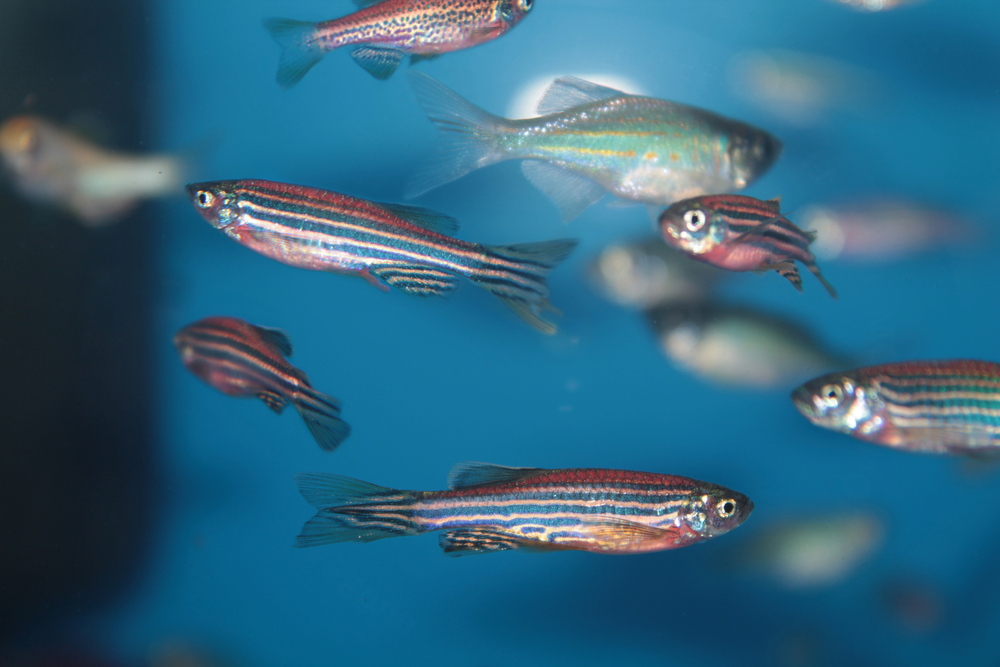
Researchers uncover an enzyme that allows various marine species to see a much wider range of light than us humans — from the blue-greens of marine environments to more cloudy, infrared inland streams.
For nearly a hundred years researchers have known that fish and amphibians have an unreal ability to fine-tune their visual abilities to cope with alternating light environments, a phenomena called the “rhodopsin-porphyropsin switch”. But researchers from the University of Washington have finally pinpointed the enzyme responsible for this switch, Cyp27c1, which converts vitamin A1 to A2, a form of the molecule that can process longer wavelengths characteristic of red and infrared tones.
‘It is a very simple difference, but it has the effect of shifting the spectral sensitivity of the molecule toward longer (i.e. redder) wavelengths,’ writes study author Joseph Corbo, MD, PhD, associate professor of pathology and immunology with the University of Washington, in an email to Love Nature. He explains the eye’s primary sensor is comprised of a complex of vitamin A and a protein called ‘opsin’, so sensitivity largely depends on the form of vitamin A used.
‘By red-shifting vitamin A, Cyp27c1 simultaneously red-shifts the sensor,’ writes Corbo, ‘thereby red-shifting the sensitivity of the visual system as a whole.’
The team found Cyp27c1 in the eyes of zebra fish, a staple lab species, and bullfrogs, which have the enzyme in the upper portion of their eyes to peer into murky waters below. While zebra fish only expressed the enzyme when exposed to infrared conditions in the lab, bullfrogs seemed to express the enzyme continuously. The team also found that critters with impaired versions of the enzyme weren’t capable of the vision stunt. Corbo adds that the bullfrog’s Cry27c1 expression levels may vary seasonally.

This finding may help answer the age-old question of just how species like salmon are able to maintain their sight between contrasting light conditions, from the open ocean to the streams they spawn in. Corbo writes they don’t yet understand how this extraordinary skill came about, but there’s plenty of hypothesis to explore.
One thought is that Cyp27c1 was part of a detoxification system in the body, like other members of its enzyme family. Another scenario is that an ancestral organism started expressing the enzyme by chance and because it was advantageous to survival, the adaption was evolutionarily selected.
‘We will never know for certain how it first evolved,’ writes Corbo. ‘But, it is likely that this enzyme existed prior to the time when animals first used it in the eye.’
Cyp27c1 isn’t normally expressed in the human eye, but people have been trying to change that fact since WWII, primarily by increasing their intake of vitamin A. Just this spring a California group tried, and ultimately failed, to induce the visual adjustment by drinking a retinoic acid enriched version of the liquid food supplement Soylent.
Corbo, alongside four fellow University of Washington researchers and a University of Bristol scientist, reported their findings in Current Biology.
